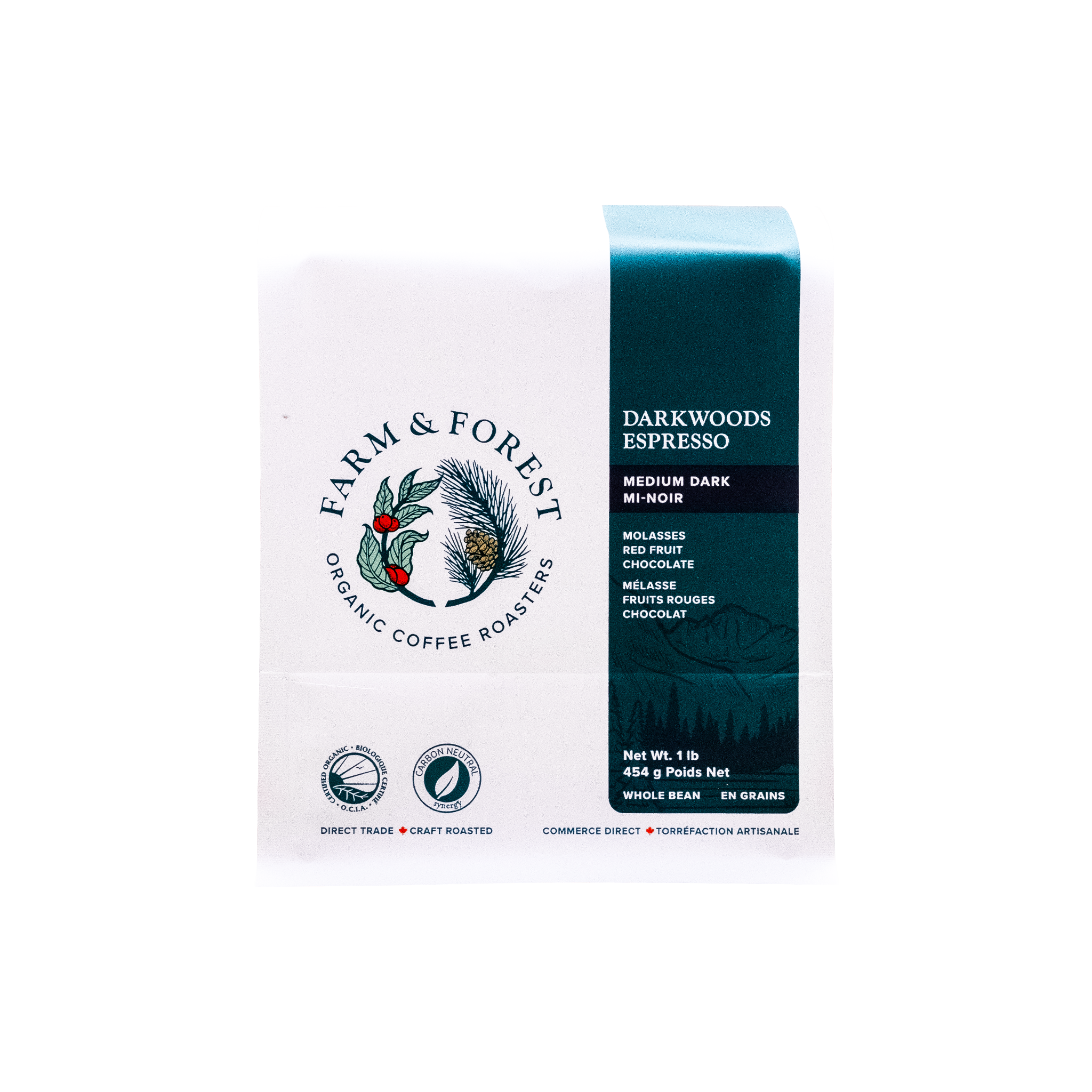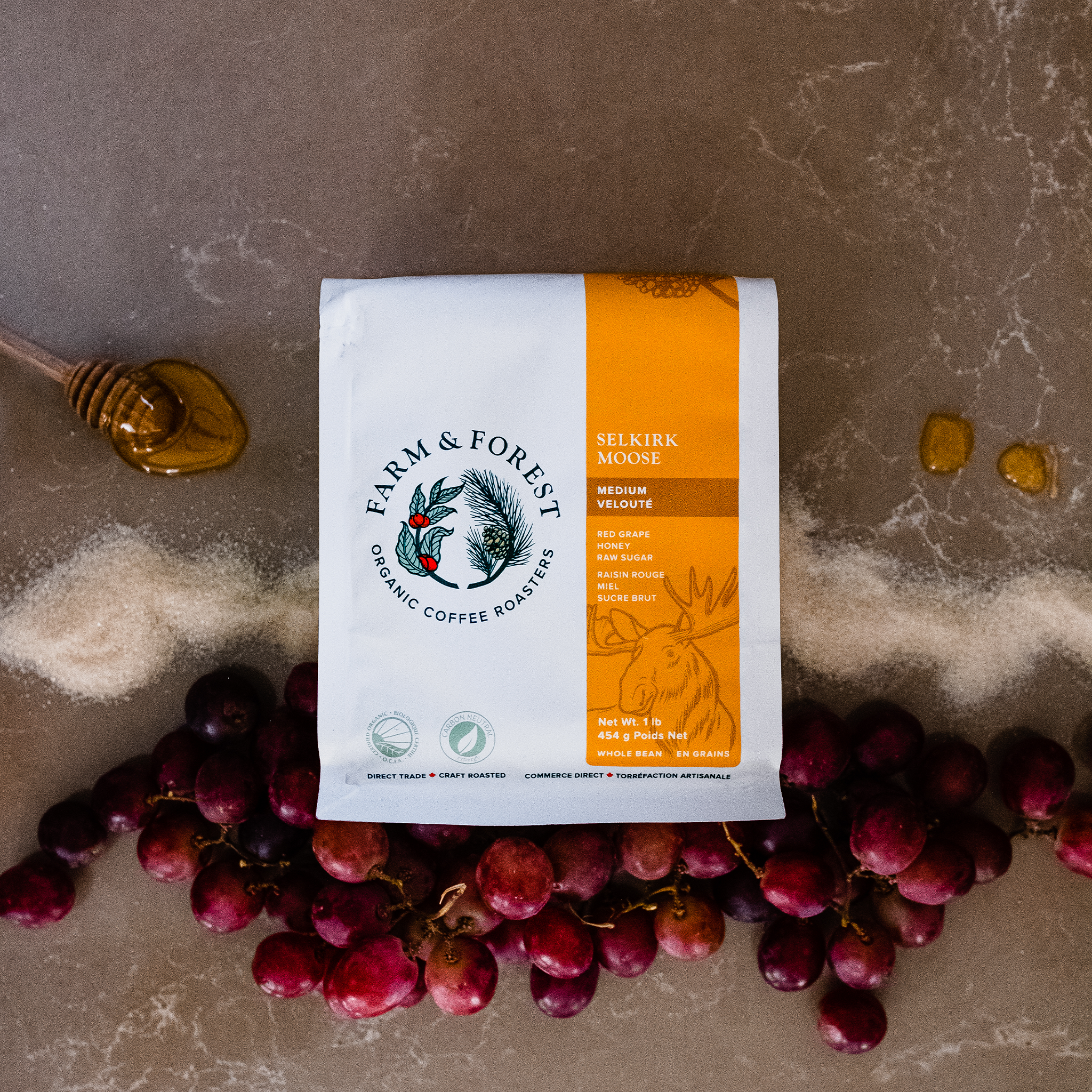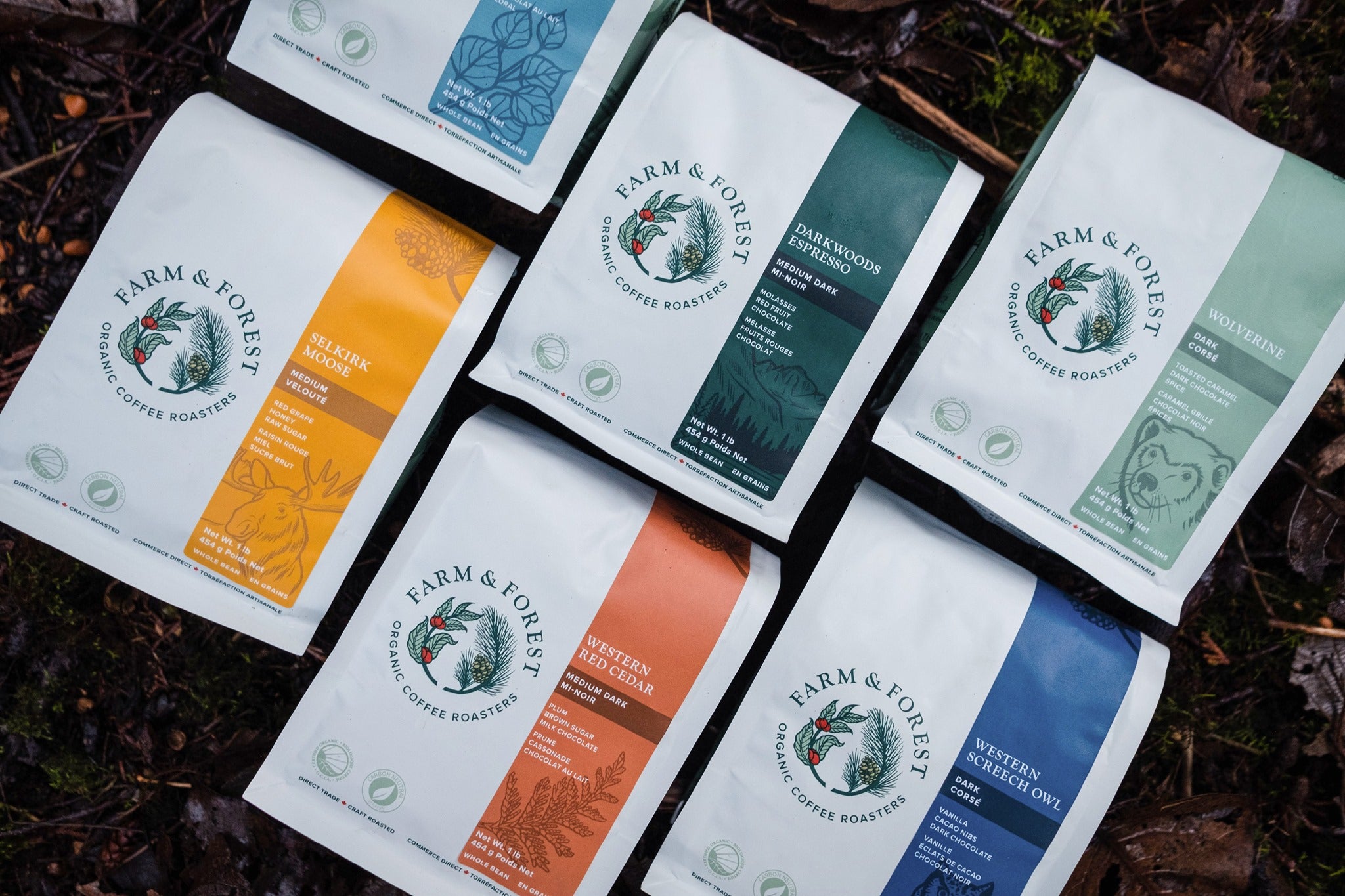How Climate Change is Impacting Coffee Production Worldwide
For premium coffee lovers, the journey from bean to cup is a cherished ritual. However, climate change is posing an increasing threat to coffee production worldwide, affecting everything from the quality of beans to the sustainability of coffee farms. Rising temperatures, unpredictable weather patterns, and shifting growing regions are causing significant challenges for farmers and, ultimately, for coffee enthusiasts who seek the highest quality brews.
The Fragility of Coffee Cultivation
Coffee plants, particularly the highly prized Arabica variety, require specific climatic conditions to thrive. They grow best in tropical highlands with stable temperatures between 18°C and 21°C, consistent rainfall, and rich soil. As global temperatures rise, these conditions are becoming harder to maintain, leading to lower yields and increased vulnerability to pests and diseases.
Rising Temperatures and Reduced Yield
One of the most pressing issues caused by climate change is the gradual rise in temperatures. Studies suggest that for every 1°C increase, coffee-growing regions will shrink significantly, pushing cultivation to higher altitudes. In many countries, suitable highland areas are limited, leaving farmers with fewer viable options.
Increased Pests and Diseases
Warmer temperatures also encourage the spread of pests like the coffee berry borer and plant diseases such as coffee leaf rust. These threats have already devastated crops in countries like Colombia and Ethiopia, reducing production and increasing prices for specialty-grade coffee.
Changing Weather Patterns and Coffee Quality
Unpredictable Rainfall and Drought
Coffee plants depend on predictable wet and dry seasons to flower and produce beans. Climate change is disrupting these cycles, leading to excessive rainfall in some areas and prolonged droughts in others. Too much rain can cause flowers to drop prematurely, while drought stress leads to poor bean development and lower yields.
Impact on Flavour and Quality
For premium coffee drinkers, flavour and aroma are paramount. Climate variations can alter the sugar content and acidity levels in coffee beans, affecting their taste profile. Beans grown under stable, traditional conditions often develop more complex flavours, while those exposed to erratic weather may lose their signature characteristics.
Shifting Coffee-Growing Regions
As traditional coffee regions become less viable, farmers are forced to move to higher altitudes or new territories. Countries like Brazil, Vietnam, and Colombia, which dominate global coffee production, may struggle to sustain current output levels. Conversely, some regions previously unsuitable for coffee, such as parts of the United States and China, are emerging as new production areas.
However, shifting cultivation zones brings economic and environmental challenges, as farmers must invest in new land, adapt to different soil conditions, and sometimes face conflicts over land use.
The Role of Sustainable Practices
To mitigate these challenges, many coffee producers are embracing sustainable farming methods, including:
- Agroforestry: Planting coffee alongside shade trees to regulate temperature and moisture levels.
- Drought-Resistant Coffee Varieties: Research is underway to develop coffee plants that can withstand harsher conditions.
- Water Conservation Techniques: Efficient irrigation and rainwater harvesting help reduce dependency on erratic rainfall.
- Fair Trade and Direct Trade Models: Supporting ethical sourcing ensures that farmers can invest in climate-resilient techniques.
How Climate Change Affects Coffee Prices
As production becomes more unpredictable, the cost of premium coffee is likely to rise. Limited supply due to reduced yields and increased farming costs will translate into higher prices for specialty-grade beans. Consumers who value quality and sustainability may need to pay more to support ethical and climate-resilient coffee production.
What Can Coffee Enthusiasts Do?
- Reduce Waste:Opt for reusable coffee cups and compostable options to minimize environmental impact.
- Stay Informed: Follow industry updates on climate change and coffee sustainability to make informed purchasing decisions.
- Buy Direct Trade Options: We offer direct trade options that support sustainable farming.
- Support Sustainable Brands: Look for certifications like, Fair Trade, and Organic. Or brands like Farm & Forest that donates 15c from every lb of cofee sold to protec wilderness.
Companies like Farm & Forest, are committed to ethical sourcing and environmental responsibility. To learn more about sustainable coffee practices, visit the sustainability section on our website.
A bit of what we do:
FAQs About Climate Change and Coffee Production
How is climate change affecting coffee production?
Climate change is causing temperature shifts, unpredictable rainfall, and increased pests and diseases, all of which reduce coffee yields and quality.
Will coffee become more expensive due to climate change?
Yes, reduced supply and higher farming costs are expected to drive up prices for premium and specialty coffee.
Which coffee-growing regions are most at risk?
Traditional regions like Brazil, Colombia, and Ethiopia are highly vulnerable due to rising temperatures and erratic weather patterns.
Can coffee farmers adapt to climate change?
Many farmers are adopting sustainable practices such as agroforestry, water conservation, and planting resilient coffee varieties to combat climate challenges.
What can consumers do to help?
Buying ethically sourced coffee, supporting sustainable brands, and reducing waste can contribute to a more resilient coffee industry.












